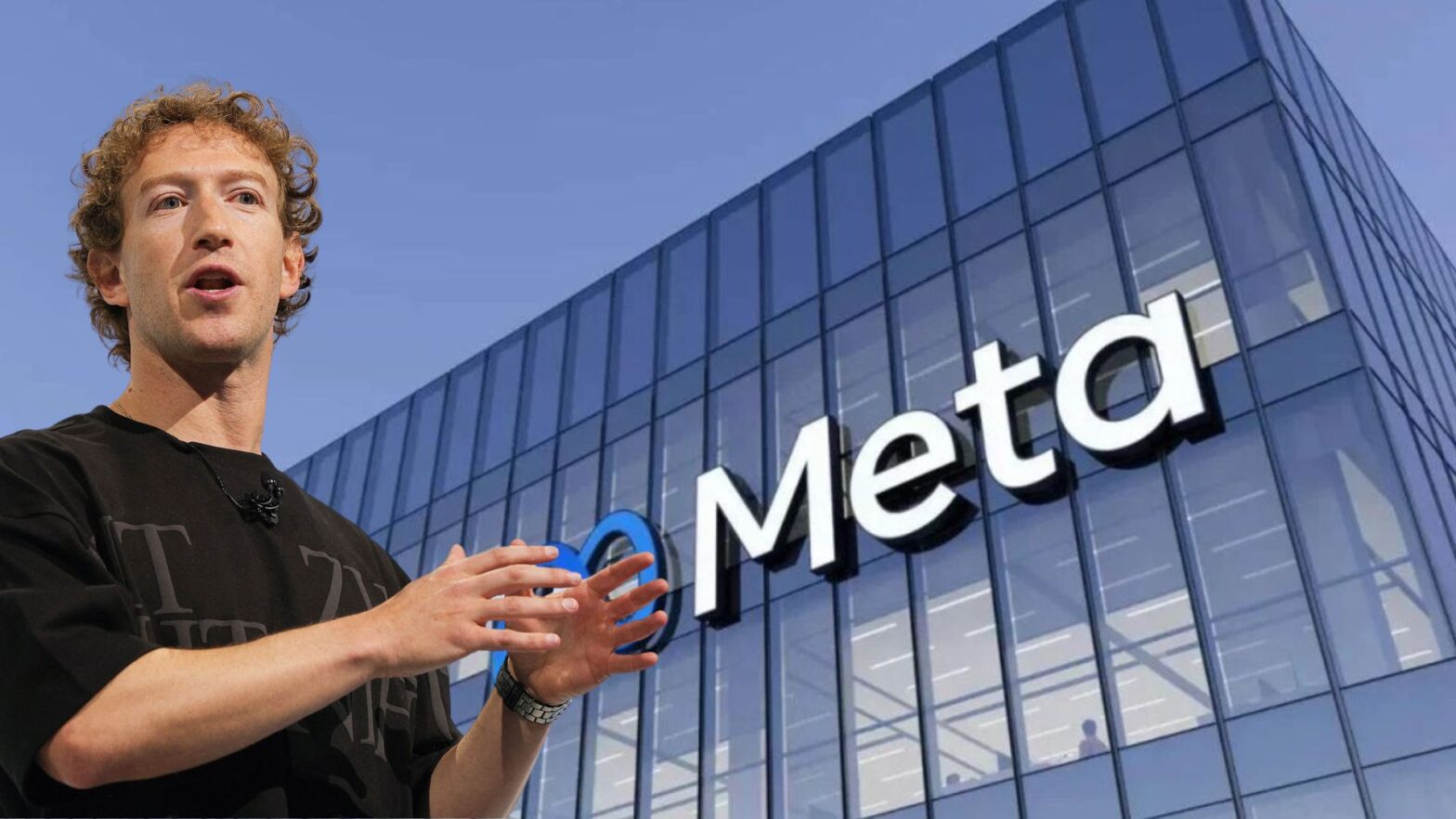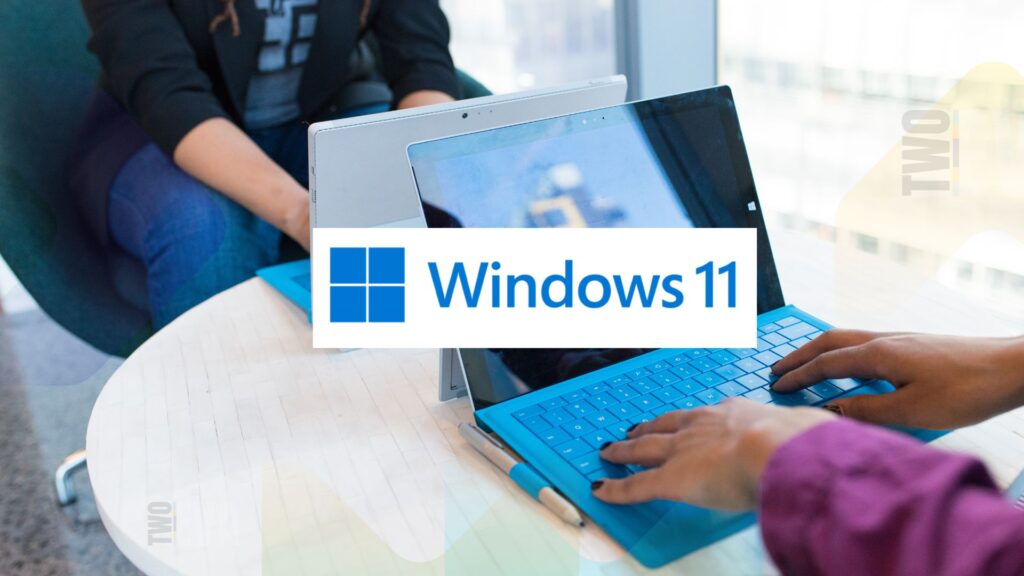In a significant strategic move, Meta has established four dedicated ‘war rooms’ staffed with engineers to analyze and decode the technology behind DeepSeek, a Chinese startup that has recently disrupted the artificial intelligence landscape with its groundbreaking R1 model.
The emergence of DeepSeek’s R1 AI model has sent ripples through the tech industry, demonstrating performance capabilities that match or exceed those of established models like ChatGPT, but at substantially lower operational costs. This development has prompted Meta, under Mark Zuckerberg‘s leadership, to launch a comprehensive investigation into DeepSeek’s methods and technologies.
According to reports, Meta’s war rooms are divided into two primary focus areas:
• Two teams dedicated to understanding DeepSeek’s cost-saving methodologies
• Two teams analyzing data usage patterns and exploring potential adaptations for Meta’s Llama AI architecture
The strategic response comes amid Meta’s invest up to $65 billion in AI-related capital expenditures this year. This includes the construction of new data centers and expansion of its AI workforce, as Meta positions itself to compete in an increasingly competitive AI landscape.
The impact of DeepSeek’s R1 debut has been substantial, causing significant market movements:
• An estimated An estimated $1 trillion in value was lost among AI companies following R1’s introduction
• Major AI chipmaker Nvidia experienced a record single-day loss
• Questions arose about the efficiency and scalability of existing AI models from industry leaders
Mathew Oldham, Meta’s AI infrastructure director, has acknowledged the possibility that DeepSeek’s R1 could potentially surpass the upcoming version of Meta’s Llama AI, which is scheduled for release in early 2025. This acknowledgment has intensified Meta’s efforts to understand and potentially incorporate DeepSeek’s innovations into their own development process.
Meta’s response strategy extends beyond analysis, with plans to combine multiple AI models into a more comprehensive system, mirroring DeepSeek’s approach. Both companies’ models maintain open-source accessibility, potentially accelerating innovation across the AI sector.
The competitive landscape in AI has evolved significantly since DeepSeek’s emergence. Prior to R1’s debut, established tech giants had dominated AI development with substantial investments in research and infrastructure. DeepSeek’s ability to achieve superior performance at lower costs has challenged conventional approaches to AI development and forced industry leaders to reassess their strategies.
Despite market turbulence, Meta’s stock has demonstrated resilience, with some investors viewing DeepSeek’s emergence as a potential catalyst for positive transformation in Meta’s AI initiatives. The company’s proactive response through these war rooms signals its commitment to maintaining competitiveness in the rapidly evolving AI landscape.
















